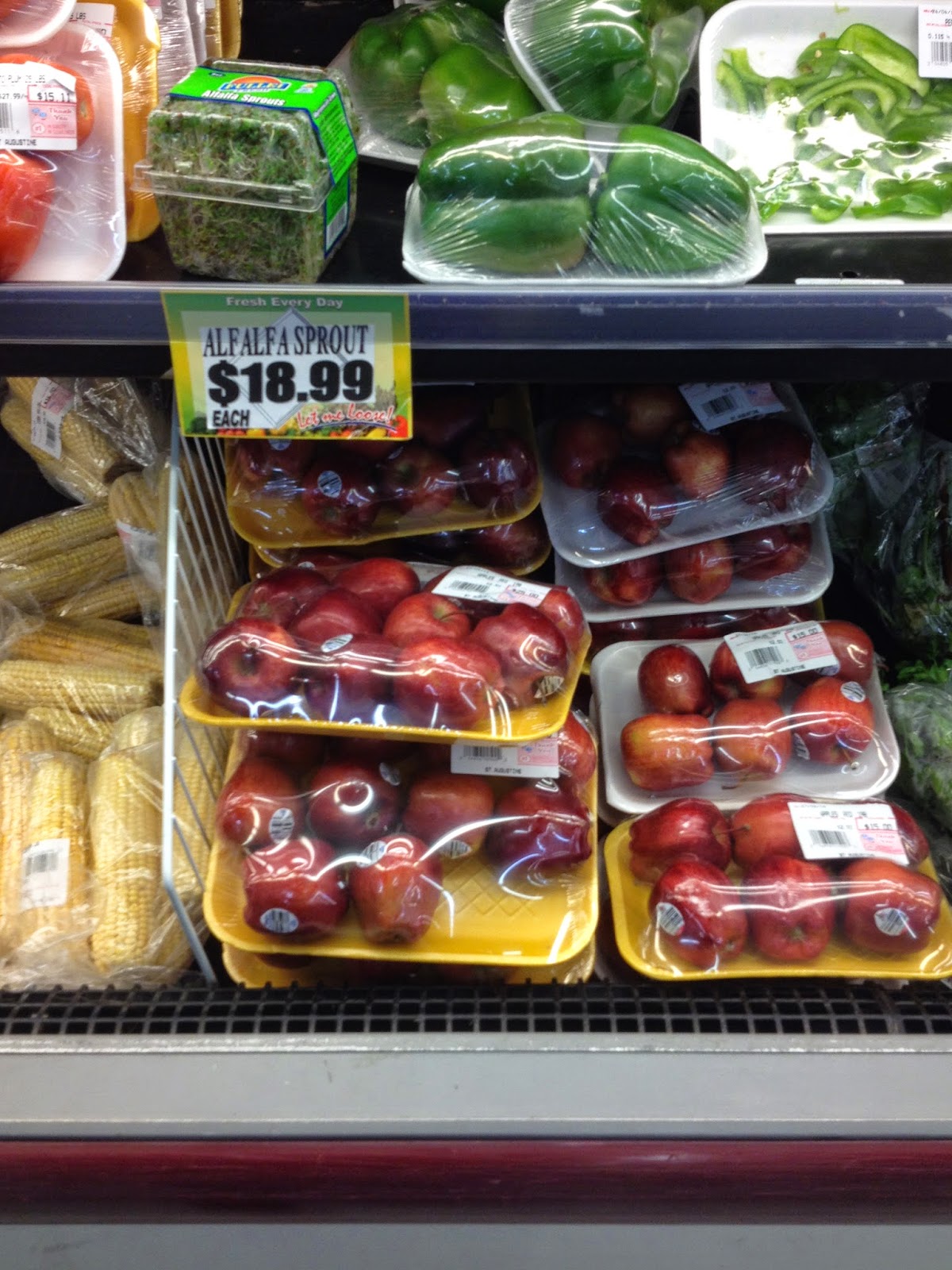Urban Likelihood
http://urbanlivelihood.blogspot.com
The concept of urban livelihood embodied
the different ways in which urban dwellers earn a day to day living. Some of
the areas looked at were entertainment, street vending, crime and
pollution. In my opinion this blog was
very relevant to many of the current situations and provided good links and
videos to supplement the material. However, one aspect whichin my opinion could
have been included is carnival. Trinidad, the home of soca and pan has created a
livelihood for many persons on a local, regional and international scale. In
addition, with urban neighbourhoods such as Belmont being the birth place to
many steel bands and mass camps, urban communities have grown and survived from
carnival. With reference to an urban diet, street food sold by street vendors
provides an important source of income to many urban dwellers in Trinidad. In
addition the concept of entertainment along the famous Ariapeta Avenue also
offers to the creation of third spaces and conviviality among many urbanites.
Illusions of an Urban Paradise
http://theurbanparadise.blogspot.com/2014/04/land-reclaimation-and-ecosystem.html
This blog unveils the ills of urban areas
admits the seemingly positive values. The author takes an interesting view
about how other side to the things many urbanites enjoy. The post that stood
out to me was Land Reclamation and Ecosystem destruction. This post indicates
how areas such as City Gate and Movie Town were constructed on environmentally
sensitive areas all in the name of development. This can be compared to the
fact that sustainability of urban areas in Trinidad is not being taken
seriously. Along with ecosystem degradation but also the increased use of foreign
produce with the combined degradation of the environment paints a picture of
gloom for this country. These processes also extends our ecological footprint. However, the author could have included some videos on
some areas of the blog to better enhance her point of views.
Constituents of Caribbean Spaces: Trinidad
http://caribbeancitydynamics.blogspot.com/
This blog has taken an intricate look at
the different pieces to the puzzle of what makes Port of Spain “the aged city.” The
pictures from this blog were very striking and vivid. The post that was most outstanding to me consisted was about the port. Firstly, the pictures were enthralling.
In addition, it looked at the port as being the main area for trade and the
importation of Japanese products. This constituent “the port” facilitates the
increasing ecological footprint of Trinidad. It is the main hub for the
importation of products from other countries. In a sense it does operate as a
developed country drawing resources from other countries, for instance ground
provision from other Caribbean countries such as St Vincent and the Grenadines.







